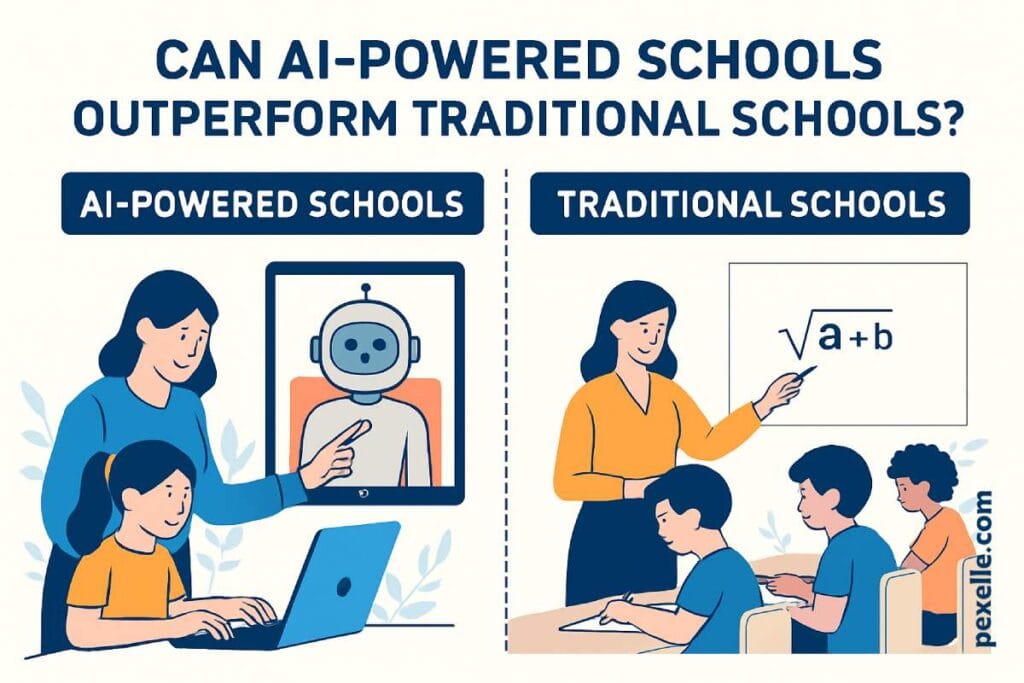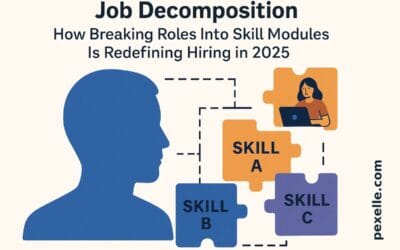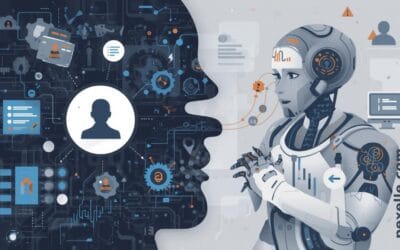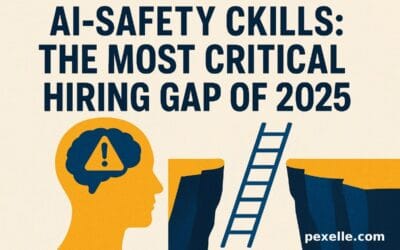Can AI-Powered Schools Outperform Traditional Schools?

Introduction
The rapid advancement of artificial intelligence has sparked a global conversation about the future of education. One of the most intriguing questions is whether AI-powered schools can achieve higher efficiency and better results than traditional schools. By integrating AI into the core of teaching, learning, and administration, these institutions aim to personalize education, optimize resources, and prepare students for a tech-driven future. But does this promise translate into measurable advantages over conventional methods?
Personalized Learning and Adaptive Curriculum
One of the most significant strengths of AI-based schools is their ability to tailor the learning experience to each student’s needs. Traditional schools often follow a standardized curriculum, which may not accommodate the diverse learning speeds, styles, and interests of individual students. In contrast, AI-powered systems can assess a student’s strengths, weaknesses, and preferences in real time, then adjust lesson plans accordingly. For instance, if a student excels in mathematics but struggles with reading comprehension, the AI can allocate more time and resources to literacy without neglecting the student’s math skills.
Data-Driven Insights and Early Intervention
AI tools can analyze vast amounts of academic and behavioral data, offering teachers and administrators a clearer picture of student progress. This data-driven approach allows for early detection of learning difficulties or disengagement, enabling timely interventions that can prevent long-term academic issues. Traditional schools often rely on periodic exams and teacher observations, which may delay the identification of problems. With AI, feedback is continuous, precise, and actionable, reducing the gap between identifying an issue and addressing it.
Efficiency in Administration and Resource Allocation
Beyond the classroom, AI can streamline administrative tasks such as grading, scheduling, and attendance tracking. This automation frees up teachers’ time, allowing them to focus on creative and interactive aspects of teaching. Furthermore, AI can optimize the allocation of resources—predicting when extra staff, materials, or technology will be needed—reducing waste and ensuring that budgets are spent effectively. Traditional schools, bound by manual processes, often struggle to achieve this level of operational efficiency.
Challenges and Considerations
While AI-powered schools have clear advantages, they are not without challenges. Implementing such systems requires significant investment in technology, teacher training, and data security. There is also the risk of over-reliance on algorithms, potentially reducing the human connection that is vital in education. Ethical considerations around data privacy, algorithmic bias, and equitable access must be addressed to ensure that AI enhances, rather than undermines, educational quality.
Conclusion
AI-powered schools have the potential to outperform traditional schools in terms of personalization, efficiency, and early intervention. However, their success will depend on thoughtful implementation that balances technology with human expertise. If these challenges are met, AI-driven education could redefine learning in ways that traditional methods cannot match—ushering in a new era where every student has the opportunity to reach their full potential.
Source : Medium.com




